1969 / 2001-06 Chevrolet Camaro “MULE”
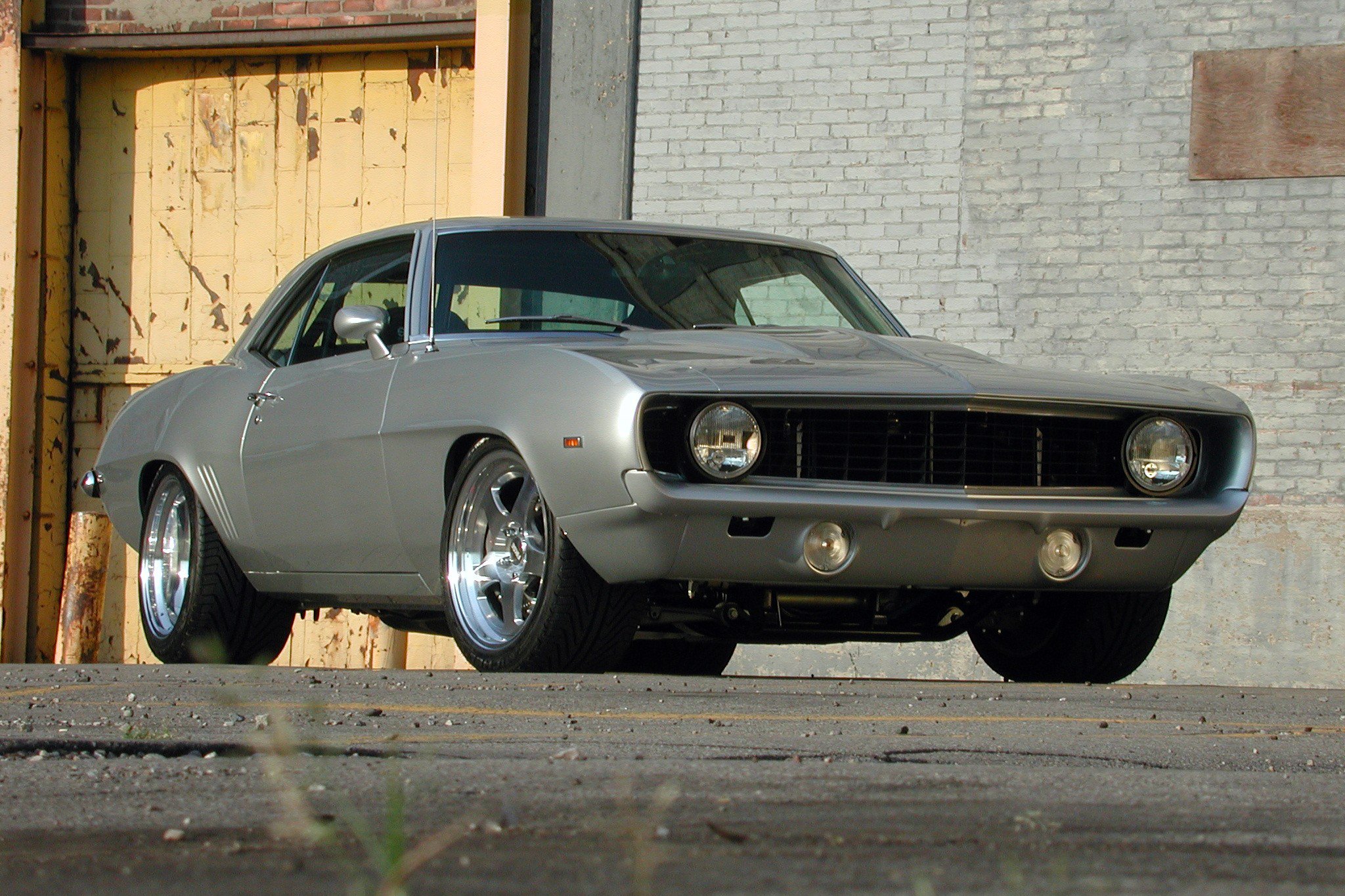
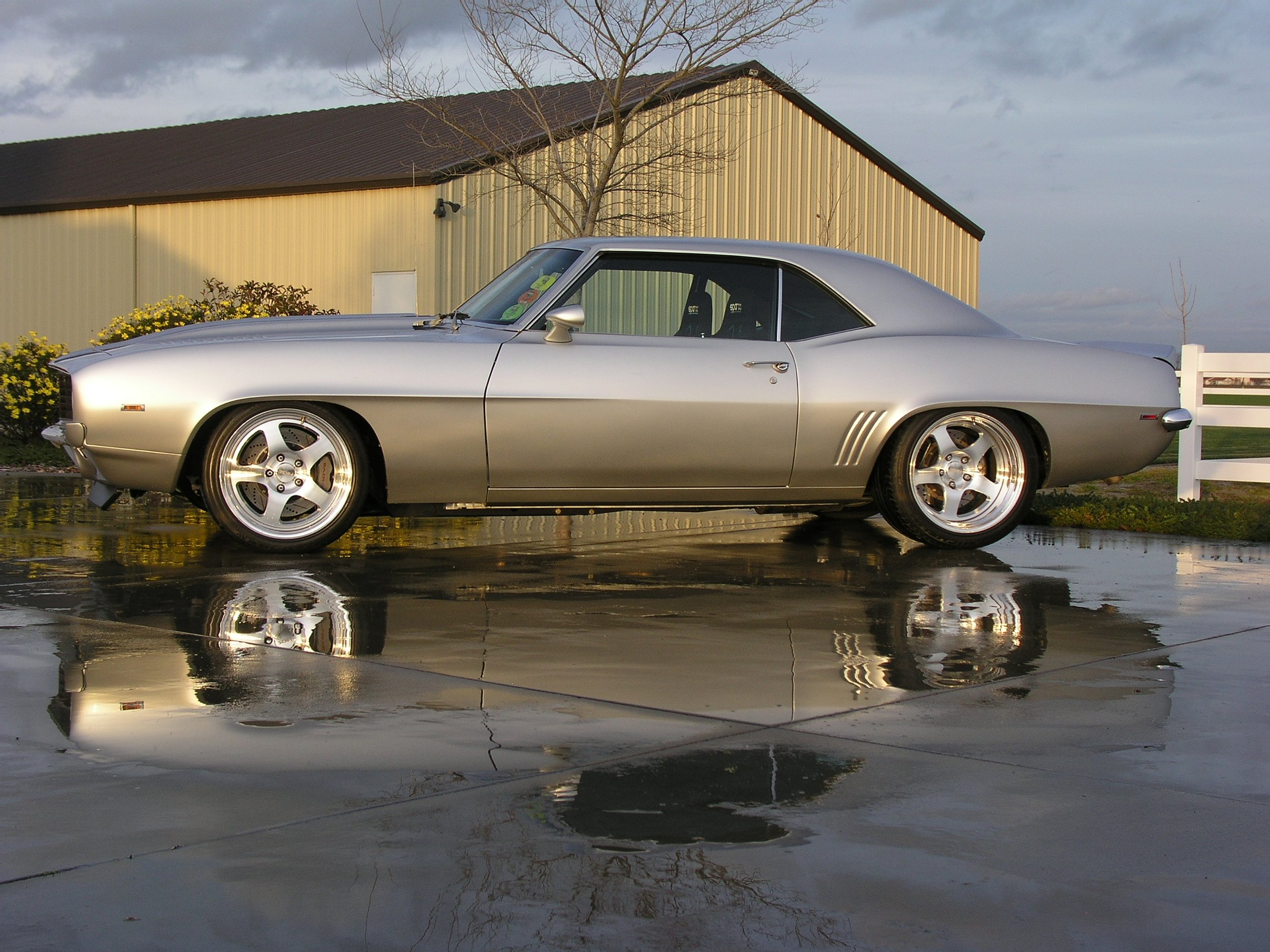
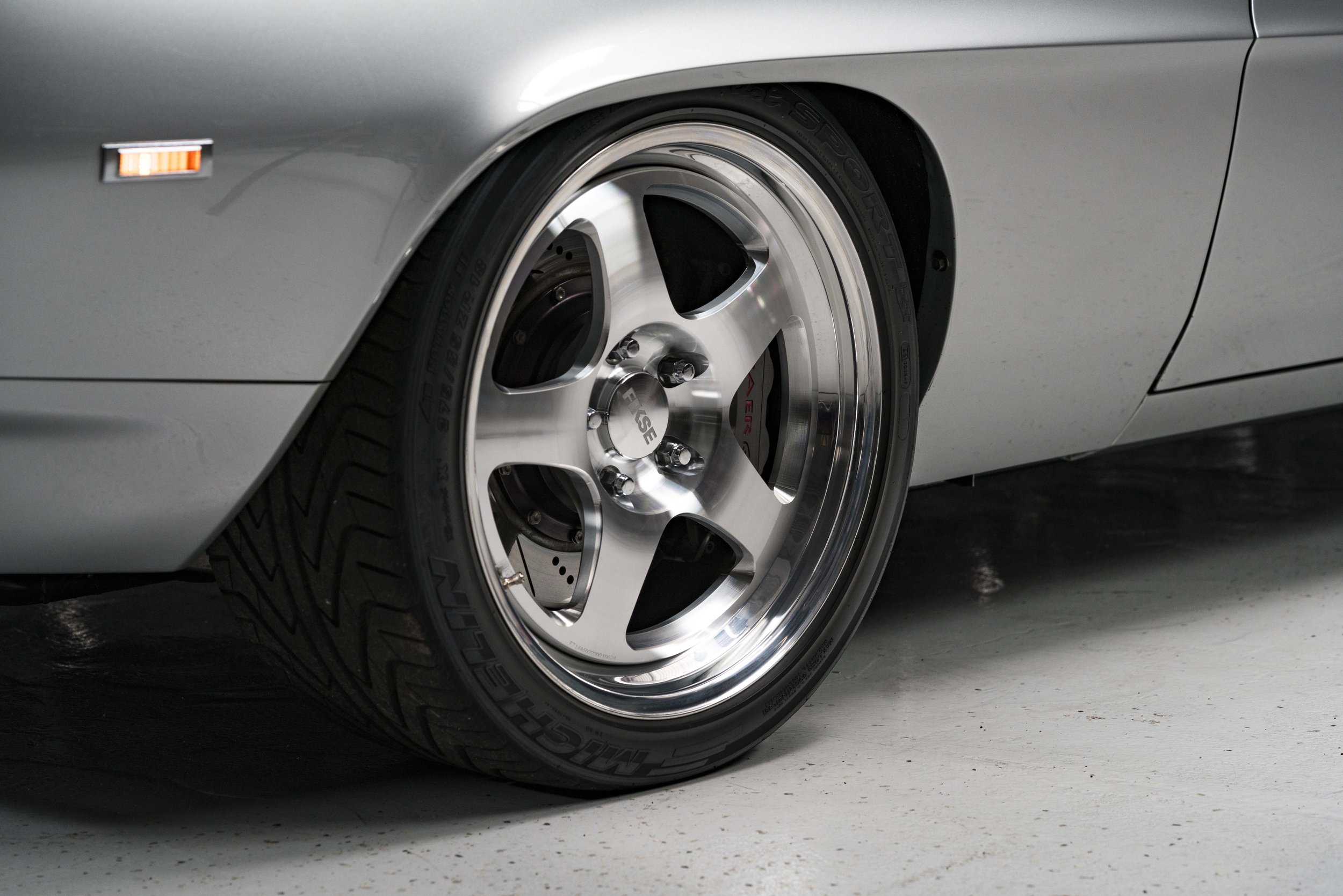
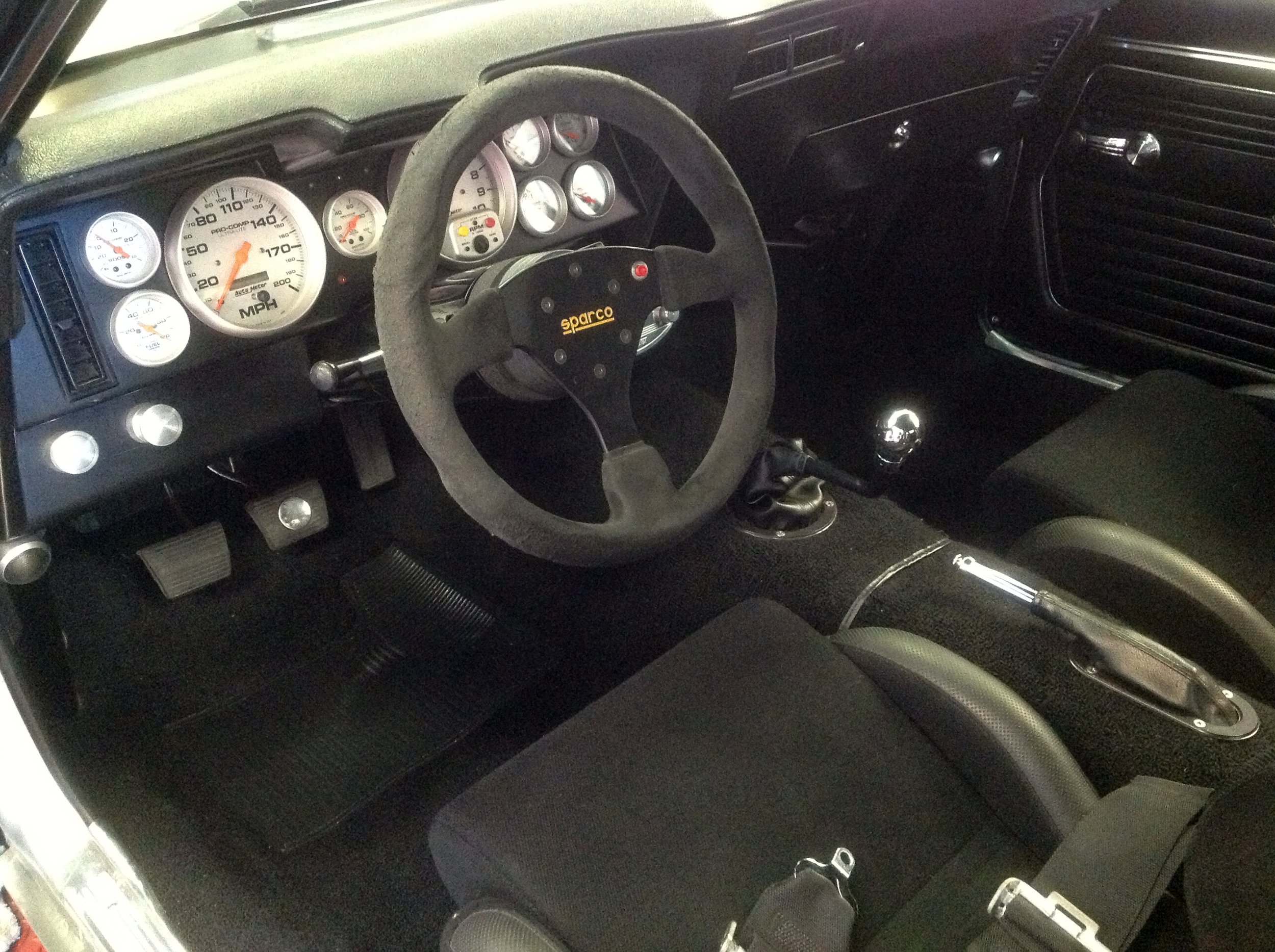
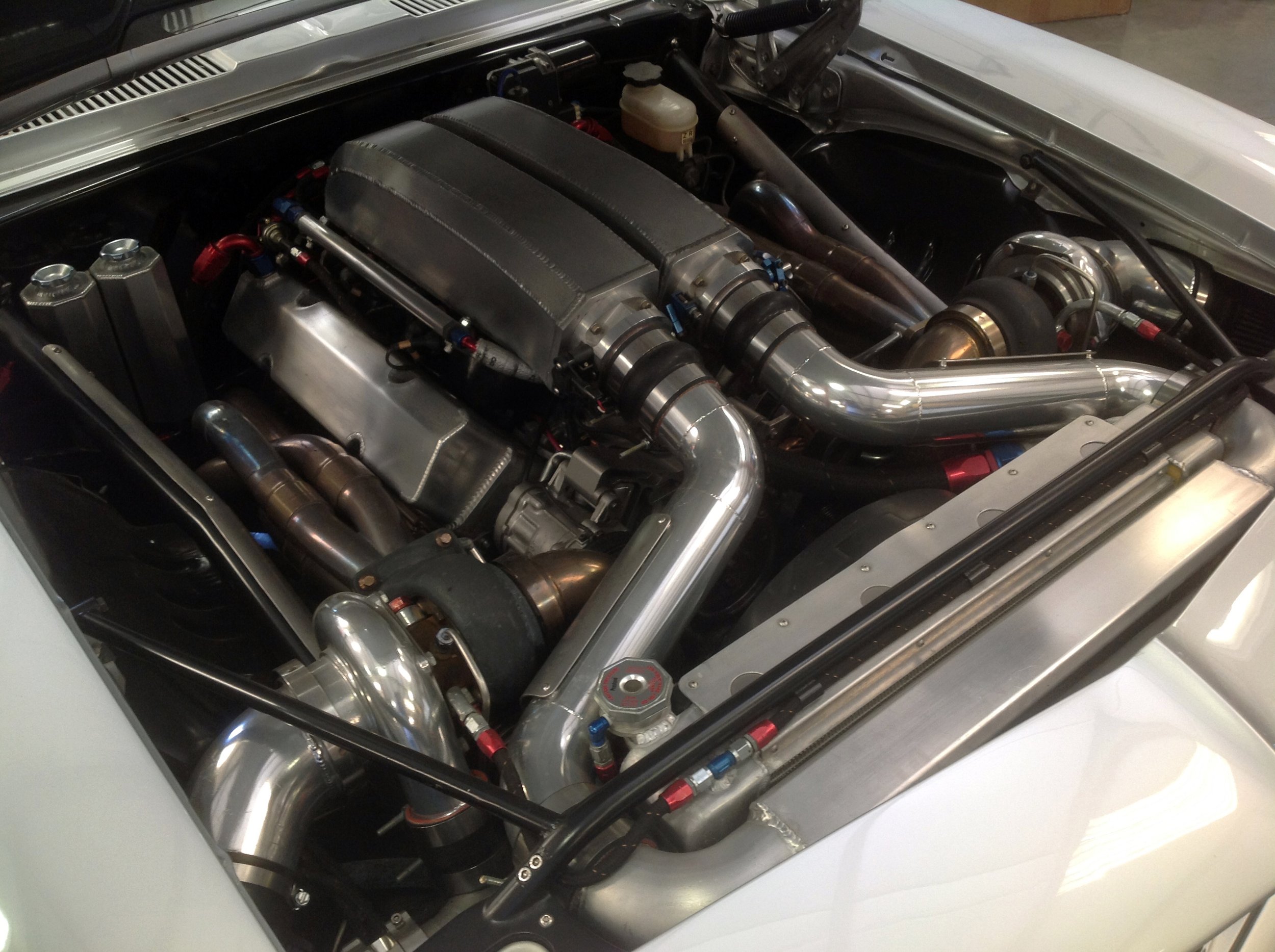
The “Mule” represents the beginning of the Pro Touring industry, with the look of a classic muscle car, featuring modern engineering & performance.
Very street-able, handles like a European sports car.
1st Mule engine had 540 horsepower, then repowered to over 1000 horsepower.
One of Mark Stielow's most famous Camaros, the “Mule", was built over 24 months in 2001 -2003. When asked how the car was given its iconic name Mark Stielow explained that having worked on GM development vehicles, which were typically called a ‘Mule’, this was his mule, a test bed for many of his build ideas for a Pro Touring car at the time.
Stielow has made the point that with the right parts and some proper engineering, these cars could do everything and still be great street cars. A big contrast to a stock ’69 Camaro!
The Mule was originally built with a straightforward lightweight and quick-revving, fuel-injected small-block Chevy. The potent 400ci engine, assembled by Kurt Urban of KU Performance Shop, was about 170 pounds lighter than a production small-block and made over 540 hp running on pump gas.
Stielow showed the car and ran it hard competing in the ‘03/04/05 Hot Rod Power Tour, before selling it to fellow enthusiast and friend Charley Lillard in 2005. At Lillard’s request, wanting to give the Mule really big power, Stielow had the car shipped to Wheel to Wheel Racing in Warren Michigan, for engine modifications. Using the existing block, modifications included a new roller cam, modified bore and stroke, higher compression ratio, custom fuel injection, and twin turbos - pushing to 1021 hp at 16 psi of boost! The current full specifications are listed below. The Audrain Collections acquired the Mule from Lillard at auction in 2014.
There are custom-made elements throughout the engine compartment of this car that reflect Stielow’s incredible artisanry, experience, and engineering background. The most long-lasting customization he did to the Mule was building the front and rear suspensions. In 2001, during the building of the Mule, most cars had a leaf-spring and solid-axle combination for their suspension. Stielow created a rear suspension with a four-link axle with coil-over springs for better shock absorbency and overall handling. The biggest difference between the two is that not only does the coil-over system disperse the workload better, but it is also adjustable for a harder or softer ride.
Many of the Mule’s customizations are not visible to the naked eye. The entire body of the car is fitted with a discreet roll cage. It can be seen in the engine compartment, behind the front seats, and all the way back to the trunk. Stielow left the body of the car mostly stock, except for custom-building a hood to make space for the massive air intakes below. The interior of the car was left entirely stock, except for the 5-point bucket seats and a custom gauge cluster for racing.
Stielow was the manager of Program Engineering for General Motors. He built a reputation as the most respected Pro Touring builder in the industry, credited with coining the term ’Pro Touring’ with Car Craft magazine’s Tech Editor Jeff Smith in the early 1990s. Mark was also the engineering manager for the new Z/28 Camaro. Pro Touring refers to a style of classic muscle car with enhanced suspension, brakes, and drivetrain, but that mostly retains its original external appearance. Stielow has built a number of trailblazing Chevrolet Camaros including “Tri-Tip”, “Mule”, “Red Devil” and “Mayhem”.
Starting in July 2001 the buildup of the Mule was well documented in a series of 23 technical articles in Popular Hot Rodding magazine. And, in 2011 Mark Stielow with Will Handzel published the book Pro Touring Engineering Performance, which features Stielow’s build ethos for the Mule in great detail.
Current Engine Specifications:
Engine: Custom twin-turbo-boosted 389 cu in GM aluminum race block V8
Transmission: Viper 6-speed manual
Performance: 1021 hp at 16 psi, at 6,800 rpm; torque: 471 ft lbs at 6,800 rpm; 7500 max rpm
The following components were used to complete the updated Mule:
Engine displacement - 389 cubic inches (4.135" bore × 3.625" stroke)
Existing GM aluminum race block
Lunati 4340 crankshaft - 3.625" stroke
JE Forged flat-top pistons (coated tops and skirts)
Oliver 4340 billet steel connecting rods
Clevite "H" series bearings
Speed-Pro rings
Cometic head gaskets
Cam Motion custom grind solid roller camshaft
Melling HV oil pump
Fel-Pro gaskets
ARP studs and bolts throughout engine
MSD crank trigger
18-degree TFS aluminum cylinder heads - 2.150" titanium intake/ 1.600" exhaust
Isky valve springs and retainers
ATI dampner
Kinsler independent intake runners
Kinsler fuel regulator
F.A.S.T. 65 lb per hour fuel injectors
W2W custom fabricated dual intake plenums
W2W custom billet throttle bodies
W2W custom exhaust headers - 1 7/8" 321 stainless
Precision Turbo 63mm ball bearing turbochargers
W2W custom fabricated air-to-air intercooler system
W2W custom stainless heat shields throughout engine compartment
Matching power steering reservoir and overflow tank
Lightweight Startlite hoses with AN fittings throughout vehicle
Vintage Air air conditioning system
W2W fabricated core support bar with hood pins
F.A.S.T. engine management system
Reworked front suspension and rack & pinion
Aeromotive high-pressure fuel pump

